Suburban life, often portrayed as a bastion of American tradition, has witnessed a subtle yet significant erosion of certain customs and practices over the decades. Shifts in technology, demographics, and cultural norms have gradually reshaped the way suburbanites live, interact, and celebrate. What were once commonplace rituals and community events have, for various reasons, slowly receded from the fabric of everyday suburban existence. Reflecting on these fading traditions offers a poignant look at the evolving landscape of American suburbia.
1. The Neighborhood Block Party
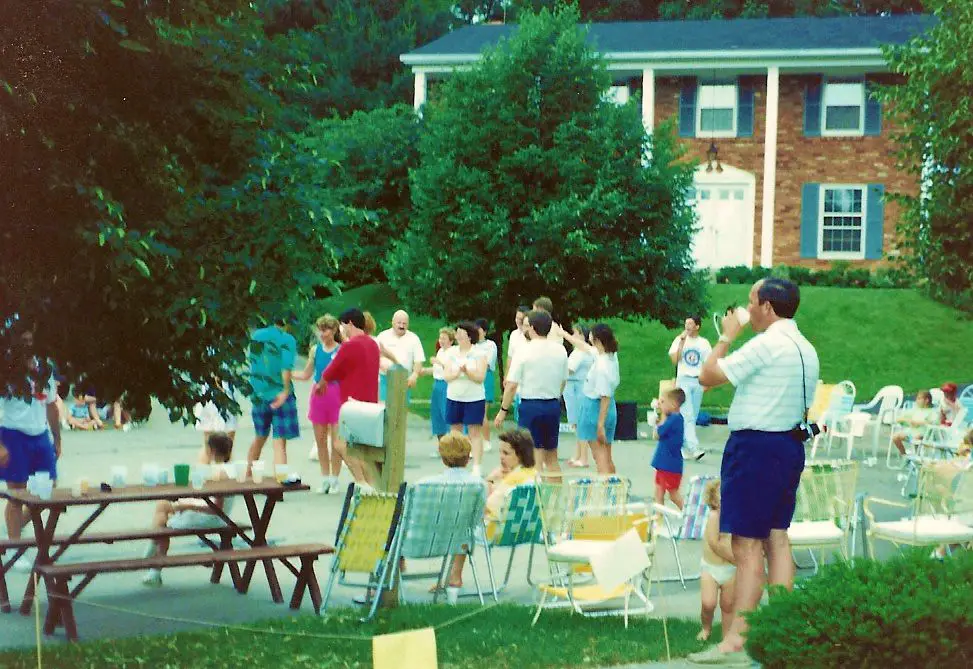
For many, the annual neighborhood block party conjures images of potluck dinners, children playing freely in the street, and neighbors forging stronger bonds. These events, often organized spontaneously or through informal neighborhood associations, fostered a sense of community and belonging. According to research on suburban social dynamics from the Pew Research Center, these gatherings were once a more frequent cornerstone of suburban social life.
However, the frequency and scale of these block parties have diminished in many suburbs. Increased traffic, busier schedules, and a greater reliance on organized, town-sponsored events may have contributed to this decline. The organic, neighbor-led block party seems to be yielding to more formal, less frequent events planned by local authorities.
2. Regularly Borrowing Sugar from a Neighbor

The quintessential image of a neighbor popping over to borrow a cup of sugar epitomized a sense of close-knit community and mutual reliance. This small act of neighborly assistance fostered a feeling of trust and connection among residents. Sociological studies on suburban neighborly interactions, such as those published in the Sage Journals, often highlight how such small exchanges were once a more common feature of suburban life.
However, with larger supermarkets, online grocery delivery services, and busier individual lives, the need for such spontaneous borrowing has decreased. While neighborly gestures still exist, the casual request for a missing ingredient seems to be a less frequent occurrence, perhaps indicating a shift towards greater self-sufficiency.
3. Kids Playing Unsupervised in the Street

A hallmark of many suburban childhoods was the freedom to roam the neighborhood with friends, playing games in the street until dusk. This unsupervised playtime fostered independence, creativity, and strong peer bonds. As outlined by child development experts at the American Academy of Pediatrics, such unstructured play was crucial for social and emotional growth during childhood.
However, increased traffic, heightened safety concerns, and a shift towards more structured extracurricular activities have significantly curtailed this tradition. Parents are now often more hesitant to allow children to play unsupervised, leading to quieter streets and a different kind of childhood experience.
4. Front Porch Sitting and Socializing
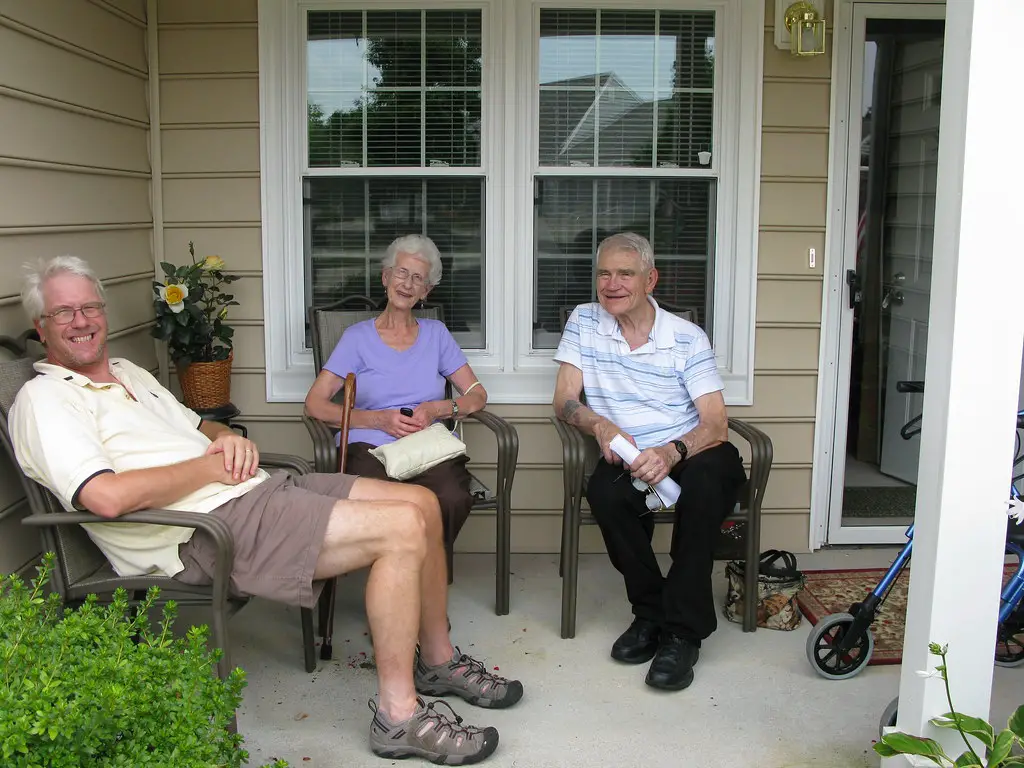
Front porches were once integral to suburban life, serving as a semi-public space where residents could relax, watch the neighborhood go by, and engage in spontaneous conversations with passersby. This tradition fostered a sense of community and casual social interaction. Architectural analyses of suburban housing trends, such as those found on ArchDaily, often emphasize the historical role of the porch as a vital social connector in suburban design.
However, the rise of air conditioning, increased reliance on backyard patios for private outdoor space, and the allure of indoor entertainment options have led to a decline in front porch sitting. Many front porches now stand largely unoccupied, representing a missed opportunity for casual neighborly encounters, a point frequently discussed in urban planning and social commentary platforms.
5. Door-to-Door Sales and Fundraising
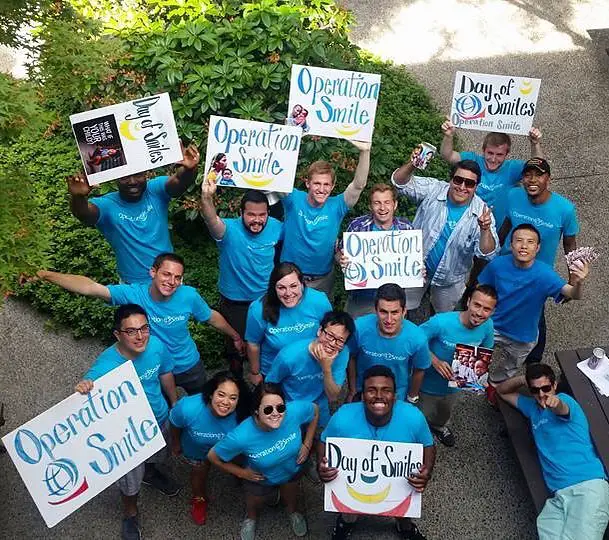
The tradition of door-to-door sales representatives and children selling items for school fundraisers was once a common feature of suburban life. From encyclopedia salesmen to Girl Scout cookies, these interactions were a familiar part of the neighborhood landscape.
Increased concerns about privacy and safety, coupled with the rise of online shopping and digital fundraising platforms, have significantly diminished this tradition. While some door-to-door activities persist, they are far less prevalent than in previous decades.
6. Family Dinners Every Night
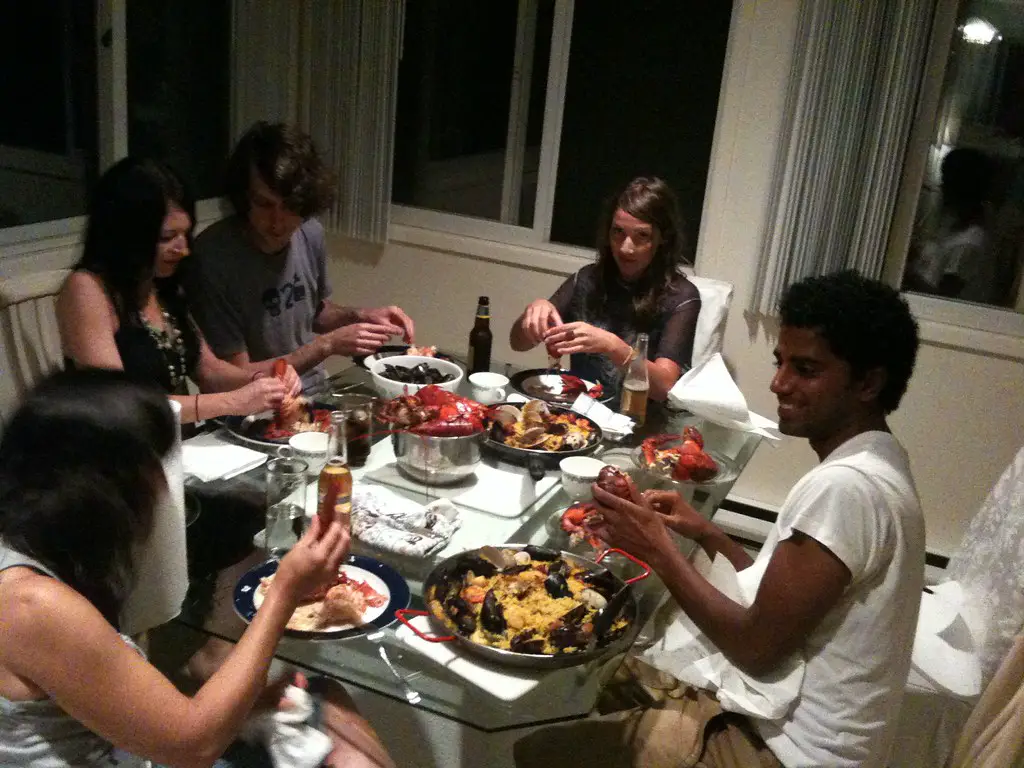
The tradition of the entire family gathering around the dinner table every night for a shared meal was once a strong cultural ideal in suburban households. It was seen as a crucial time for communication, connection, and the transmission of family values.
However, with increasingly busy and varied schedules, including extracurricular activities, longer commutes, and dual-income households, the nightly family dinner has become more challenging to maintain for many suburban families. While the desire for shared meals often remains, the frequency has often decreased.
7. Sunday Drives

The leisurely Sunday drive, often involving the whole family taking a scenic route or visiting a local attraction, was once a popular weekend pastime in suburban America. It provided an opportunity for family bonding and exploring the surrounding area.
Increased fuel costs, traffic congestion, and the availability of more diverse entertainment options have contributed to the decline of the casual Sunday drive. Weekend outings are now often more structured and destination-oriented.
8. Developing Film at the Local Drugstore

The ritual of dropping off film at the local drugstore and eagerly anticipating the developed photos was a familiar experience for many suburban families. It created a tangible connection to captured memories.
The advent of digital photography and instant sharing via smartphones and social media has made film development a niche activity. The anticipation of waiting for prints has been replaced by the immediacy of digital viewing.
9. Tupperware Parties

Tupperware parties, where neighbors gathered in someone’s home to learn about and purchase plastic food storage containers, were a significant social and commercial phenomenon in suburban communities for decades, empowering women as entrepreneurs.
The rise of big-box retailers offering similar products and the shift towards online shopping have diminished the popularity of the in-home party sales model for Tupperware and similar brands.
10. Neighborhood Kids Creating Elaborate Backyard Forts
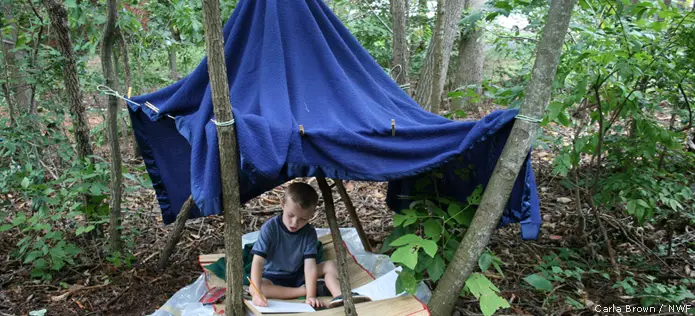
Children in suburban neighborhoods often engaged in imaginative play by constructing elaborate forts in their backyards using scrap wood, blankets, and other found materials. These forts served as secret hideouts and centers for imaginative adventures.
Increased parental supervision, smaller yard sizes in newer developments, and the allure of digital entertainment may have contributed to a decline in this tradition of independent, outdoor construction play.
11. Sewing and Mending Clothes at Home

The skill and practice of sewing and mending clothes at home were once common in suburban households, driven by both necessity and thriftiness. Extending the life of garments was a practical aspect of daily life.
The affordability and disposability of fast fashion have led to a decline in this tradition. When clothes are damaged, replacement is often seen as more convenient than repair for many.
12. Block Watch Programs
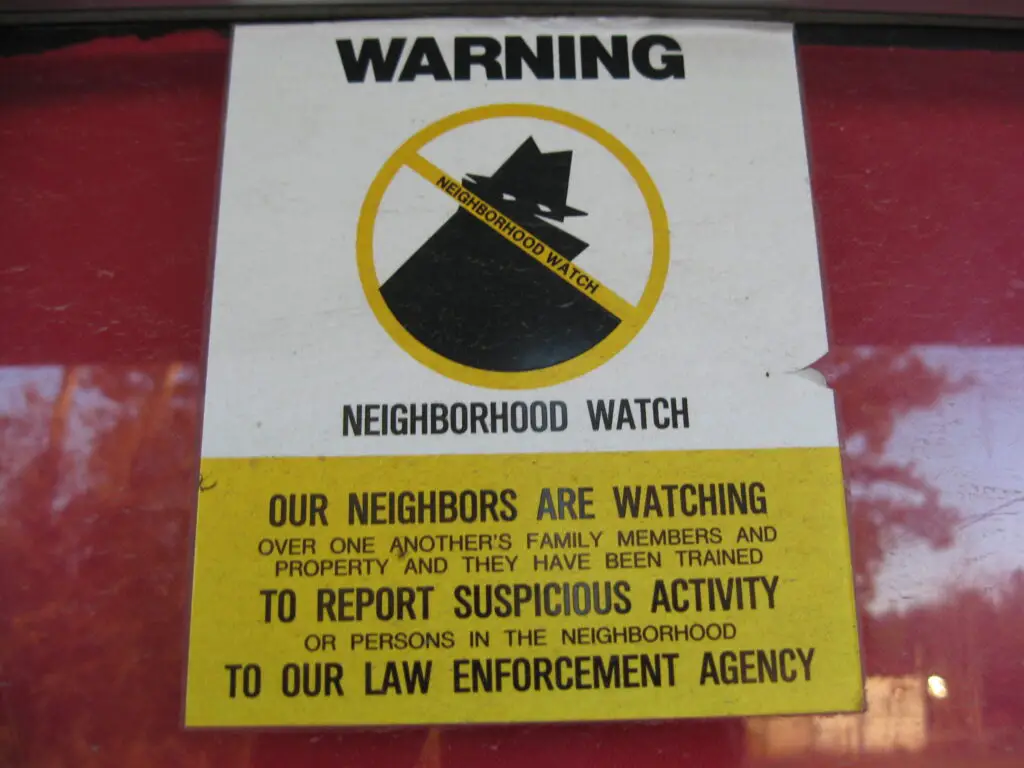
While still existing in some areas, the active participation and visibility of neighborhood Block Watch programs may have faded in some suburbs. These programs relied on residents actively looking out for suspicious activity and communicating with each other.
Factors such as increased reliance on technology for security (like doorbell cameras) and potentially a decrease in neighborly interaction may have contributed to a less visible presence of these once-active community safety initiatives.
13. Handwritten Letters for Local Communication

Before the ubiquity of email and text messaging, handwritten notes and letters were sometimes exchanged between neighbors for various reasons, from invitations to thank-you notes or sharing information.
The ease and speed of digital communication have largely replaced this tradition of physical correspondence for local interactions. While handwritten notes still hold sentimental value, they are less commonly used for everyday neighborhood communication.
